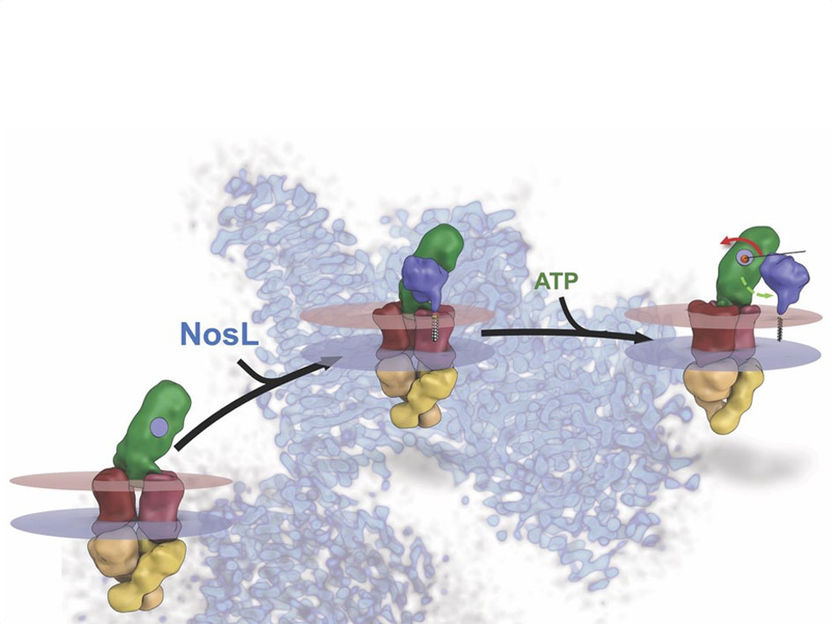Sigma® Life Science and King's College London co-developing miRNA Target Identification Technology
Sigma Life Science of Sigma-Aldrich® and King’s College London announced an exclusive license to develop and commercialize new technology for the identification and validation of microRNA (miRNA) targets in research and clinical diagnostics.
miRNAs function as critical regulators of gene expression in eukaryotic cells, with over 1,000 different miRNAs in the human genome already known to play multiple roles in gene regulation. Although the specific targets of most miRNAs are largely unknown, aberrant expression of miRNAs has been implicated in numerous disease states, making them important targets for clinical research in oncology, wound healing and infectious disease.
Currently, identification of miRNA targets is laborious and inefficient, relying on computer algorithms and subsequent validation by in vitro assays. To overcome this research bottleneck, scientists in the Division of Cancer Studies at King’s have developed a technology allowing simple, accurate identification and validation of miRNA targets. Dr. Joop Gaken, lead researcher of this project, explained: “The role of miRNAs in cancer is well established, and several miRNAs clearly function as either oncogenes or tumor suppressor genes, although the target genes are unknown in the majority of cases. This new test is expected to enable the straightforward identification of target genes that are strongly regulated by a given miRNA, helping to elucidate important gene regulation events in vivo.”
“miRNA research is a rapidly growing field, and this test is expected to be an invaluable asset to commercial and academic researchers working with miRNAs,” commented Steven Suchyta, Market Segment Manager at Sigma-Aldrich. “We believe that the exclusive license agreement will allow Sigma Life Science and King’s College London to work closely together to ensure rapid development of this technology for the benefit of the research community, and underlines our commitment to accelerating scientific discovery through innovative technology.”
Most read news
Other news from the department science

Get the life science industry in your inbox
By submitting this form you agree that LUMITOS AG will send you the newsletter(s) selected above by email. Your data will not be passed on to third parties. Your data will be stored and processed in accordance with our data protection regulations. LUMITOS may contact you by email for the purpose of advertising or market and opinion surveys. You can revoke your consent at any time without giving reasons to LUMITOS AG, Ernst-Augustin-Str. 2, 12489 Berlin, Germany or by e-mail at revoke@lumitos.com with effect for the future. In addition, each email contains a link to unsubscribe from the corresponding newsletter.
Most read news
More news from our other portals
Last viewed contents
Rh_disease
Cold conversion of food waste into renewable energy and fertilizer
Cardio3 BioSciences Reports Positive Three-Month Data from its Clinical Trial of C-Cure in Heart Failure
UCLA researchers discover new molecular pathway for targeting cancer, disease

A molecular machine at work - Researchers unravel the assembly of an enzyme that detoxifies the greenhouse gas N₂O
How one strain of MRSA becomes resistant to last-line antibiotic
Ablynx Successfully Generates Nanobodies Against an Ion Channel and Announces New GPCR Programme
Emotional_Freedom_Techniques
Santhera Announces Intent To File Marketing Authorization Application for Leber's Hereditary Optic Neuropathy
Janssen-Cilag International NV withdraws its application for an extension of the indication for Velcade (bortezomib)
Hip_fracture_treatment






















































